Amp vs. DAC: Which Upgrade Should You Prioritize?
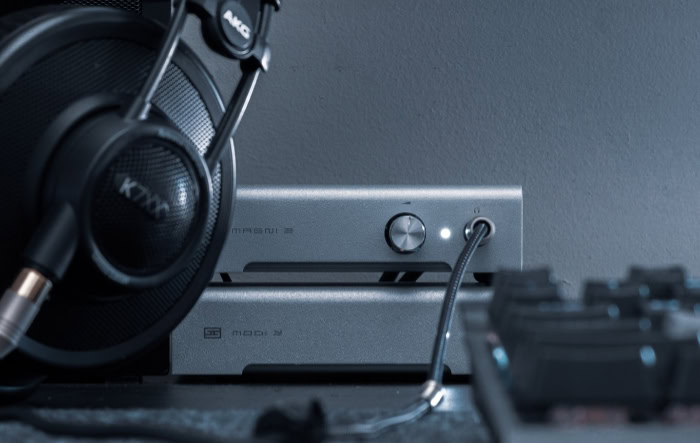
Great sound isn’t just about the music—it’s about the technology driving it. Behind every crisp note and deep bassline are devices working hard to bring your audio to life.
Two of the most important players in this process are the amplifier (amp) and the digital-to-analog converter (DAC). The DAC ensures your digital music files can be heard by turning them into analog sound, while the amp takes that sound and boosts it to power your headphones or speakers.
What Is a DAC?
A Digital-to-Analog Converter, or DAC, bridges the gap between the digital and analog worlds. Audio files on your phone, computer, or streaming platforms are all stored in digital formats such as MP3, FLAC, or WAV.
These files encode sound into binary data, which computers can process. However, speakers and headphones are analog devices that require electrical signals to produce sound waves.
A DAC decodes the digital data and transforms it into a smooth electrical signal that can accurately represent the original recording.
While every playback device has a DAC built-in, the quality of these internal components varies. Many built-in DACs prioritize cost and compact design over performance, leading to potential compromises in sound clarity and fidelity.
An external DAC, however, focuses entirely on high-quality digital-to-analog conversion, avoiding electrical noise or interference from other system components.
Impact on Sound Quality
A high-quality DAC can significantly elevate your listening experience by delivering more accurate and detailed sound reproduction. It enhances clarity, making individual instruments more distinct, vocals more natural, and the soundstage more immersive.
Additionally, it improves the dynamic range, allowing quieter and louder parts of the audio to come through with greater precision. This is especially noticeable for audiophiles or anyone listening to high-resolution audio formats, where the difference in quality is more pronounced.
The improvement brought by an external DAC can also depend on the quality of the original audio signal. Lossless or high-resolution audio files benefit most, while heavily compressed formats like low-bitrate MP3s may not show much improvement.
Still, even with everyday music streaming services, an external DAC can reduce harshness and muddiness, making the output more enjoyable.
Common Use Cases
Built-in DACs are found in almost all devices that play sound, including smartphones, computers, tablets, gaming consoles, and smart TVs. For casual listeners or users of basic earbuds or speakers, the internal DACs in these devices may be adequate.
However, as headphones and speakers improve in quality, the limitations of these built-in DACs become more apparent.
An external DAC becomes essential in several scenarios. It’s beneficial for those experiencing poor sound quality due to a low-grade built-in DAC, often found in older laptops or budget audio devices.
It’s also ideal for enthusiasts who want to enjoy lossless or high-resolution audio to its fullest potential. Furthermore, many modern smartphones have removed headphone jacks, relying on wireless solutions or dongles with mediocre DACs.
In such cases, a dedicated DAC can restore and improve the sound quality for wired headphones. For audiophiles or anyone serious about crisp, detailed sound, an external DAC is more than just an upgrade—it’s a transformative tool for better audio playback.
What Is an Amp?
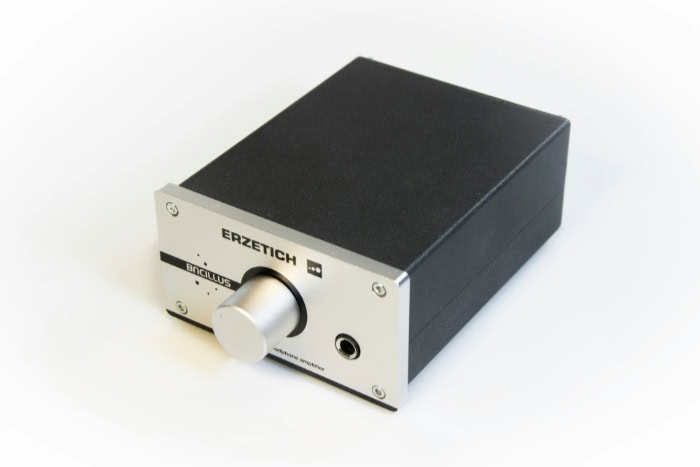
An amplifier, or amp is responsible for increasing the strength of an analog audio signal so that playback devices, such as headphones or speakers, can produce sound with clarity and proper volume. Think of it as a bridge between the audio source and your listening device.
The DAC or audio source (such as a phone, computer, or music player) produces a signal, but that signal often lacks the strength needed to properly power headphones or speakers. This is where an amp steps in, amplifying the signal without compromising its fidelity.
For headphones, the amp ensures that the electrical signal has enough energy to move the headphone drivers and produce sound. Similarly, an amp connected to speakers ensures they receive enough power to move their cones properly, delivering the volume and dynamic range intended in the recording.
High-quality amps aim to do this while preserving the integrity of the audio, avoiding distortion or coloration of the sound.
Power and Impedance Matching
Not all headphones or speakers are created equal, and this is where the importance of matching an amp’s power output to the requirements of your equipment comes into play. Different headphones and speakers have varying levels of impedance, measured in ohms, which indicates how much resistance they provide to the electrical signal.
Low-impedance headphones (typically under 50 ohms) require less power to drive and can often work fine with built-in amplification. However, high-impedance headphones, which can range from 150 to 600 ohms, demand significantly more power to achieve the same volume levels and audio detail.
Similarly, the sensitivity of headphones or speakers (measured in decibels per milliwatt) determines how efficiently they convert electrical power into sound. Headphones or speakers with lower sensitivity require more power, making a dedicated amp almost essential.
If an amp is underpowered for your headphones or speakers, the result can be underwhelming volume, reduced dynamic range, and a lack of detail. On the other hand, overpowered amps can potentially damage more delicate audio equipment.
A properly matched amp ensures that your audio gear operates at its best, delivering powerful, clear, and distortion-free sound without risking damage.
Common Use Cases
There are many scenarios where adding a dedicated amp to your setup can make all the difference. One of the most common is when using high-impedance or low-sensitivity headphones.
These headphones are favored by audiophiles and professionals for their superior sound quality, but they demand much more power than a standard device can provide.
Similarly, some bookshelf and tower speakers require more robust amplification, especially when used in larger rooms or for home theater setups.
An amp is also helpful if you find that your current setup cannot achieve sufficient volume levels without distortion. This can happen when relying on a weak built-in amp, such as those commonly found in smartphones or budget audio devices.
Adding a dedicated amp ensures that your music can reach satisfying volumes without compromising quality.
Finally, for those who appreciate precision and detail in their listening experience, a high-quality amp can enhance even low-impedance headphones or powered speakers. It not only delivers the required power but can also contribute subtler improvements, such as tighter bass response, cleaner mids, and smoother highs.
Whether you’re a casual listener or a dedicated audiophile, an amp ensures your headphones and speakers are performing at their full potential.
Key Differences Between Amps and DACs
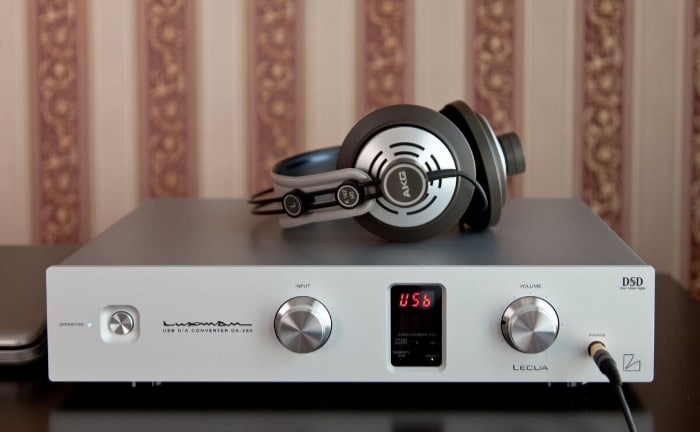
In any audio setup, DACs and amps serve distinct yet equally important functions. Both play a role in shaping the way your music or other audio content sounds, but their tasks are entirely different.
A DAC handles the transformation of digital audio files into analog signals, focusing on the accuracy and clarity of that conversion. An amp, on the other hand, amplifies the analog signal so that it has enough power to properly drive headphones or speakers.
These two components are often discussed together because they work in tandem, but each addresses different aspects of sound quality and performance.
Functionality Comparison
The most fundamental distinction between an amp and a DAC lies in their roles within the audio chain. A DAC is responsible for converting digital files—data stored as binary code—into analog signals, which are continuous electrical waveforms that speakers and headphones can interpret to produce sound.
The quality of this conversion can have a noticeable impact on your listening experience. A good DAC ensures the converted signal retains as much detail as possible, minimizing distortion and preserving the original recording’s clarity and precision.
Without a quality DAC, the audio signal might sound dull, lifeless, or distorted, especially with high-end headphones or speakers.
An amp, on the other hand, steps in after the DAC has done its work. Once the analog signal has been created, the amp takes it and boosts its strength.
This is crucial because analog signals from DACs or audio sources are often too weak to drive headphones or speakers effectively. A quality amp ensures that the signal not only has enough strength to deliver satisfying volume but also maintains its fidelity throughout the amplification process.
It prevents distortion at higher volumes and ensures that the full dynamic range of the audio—its quietest and loudest parts—is delivered with impact and accuracy.
When Each Matters Most
The decision to focus on upgrading a DAC or an amp depends largely on the issues you’re facing with your current audio setup. A DAC upgrade is most impactful when the audio source device, such as a computer, phone, or gaming console, has subpar built-in digital-to-analog conversion.
Built-in DACs in many devices focus on practicality and cost, often resulting in sound that lacks clarity, depth, or precision. If your music sounds muddy, harsh, or lacks detail—especially with high-quality headphones or speakers—an external DAC could make a noticeable difference by providing a cleaner and more accurate signal.
An amp upgrade, however, is more likely to transform your listening experience when the problem lies in insufficient power or volume. This is especially relevant with high-impedance headphones or power-hungry speakers, which require more energy to perform optimally.
Signs you may need an amp include maxing out the volume on your device and still not achieving satisfactory loudness, or noticing distortion and lack of dynamics in the sound. A good amp ensures your headphones or speakers are adequately driven, improving the overall performance and allowing you to enjoy your audio gear to its fullest potential.
Complementary Nature
While DACs and amps perform separate tasks, their roles are complementary, and together they form the backbone of any high-performance audio system. A DAC ensures the sound signal has clarity and accuracy, while the amp ensures that the same signal has the power to shine through your chosen headphones or speakers.
Both components need to work well in unison; having a high-quality amp will do little to help if the signal from the DAC is poorly converted, and vice versa.
In many cases, combining an upgraded DAC and amp provides the most significant improvement in sound quality. Standalone units offer flexibility to upgrade each component separately, while integrated DAC/amp combos deliver convenience and simplicity.
Ultimately, a balanced approach to upgrading both ensures a cohesive audio experience, letting you enjoy every note, beat, and vocal nuance as the artist intended.
Choosing Between a DAC, Amp, or Both
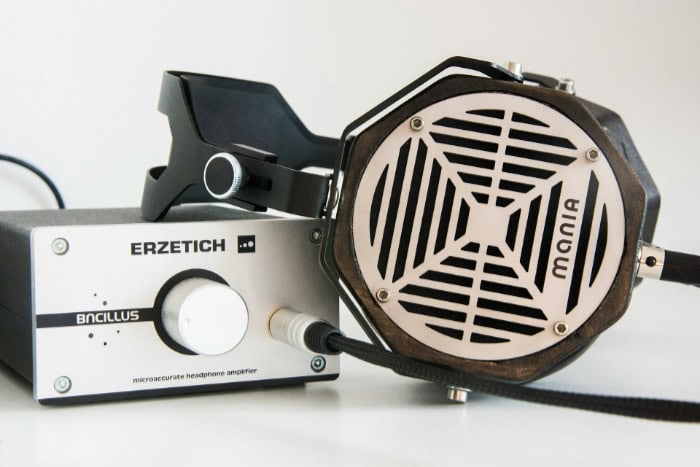
Enhancing your audio experience often comes down to selecting the right equipment. Deciding whether to prioritize a DAC, an amp, or both depends on your current setup, the quality of your listening devices, and your budget.
Each component addresses specific aspects of audio quality, and choosing the right solution can transform how you enjoy music, movies, or gaming.
Assessing Your Needs
The first step in determining what you need is evaluating your current audio setup. Start with your source device, whether it’s a smartphone, computer, tablet, or dedicated music player.
Most of these devices come with built-in amps and DACs, but their quality can vary greatly. Weak built-in DACs often make music sound flat or unclear, especially when paired with high-quality headphones or speakers.
Similarly, if you’re struggling to get enough volume or notice distortion at higher levels, the issue might lie with a weak internal amp.
Next, consider your headphones or speakers. High-impedance or low-sensitivity headphones typically require more power than a built-in amp can provide, making an external amp a necessity.
On the other hand, if you’re already satisfied with the loudness but feel the sound lacks detail or naturalness, a DAC upgrade might be a better starting point. Identifying the specific limitations in your current system will help determine which component deserves the priority.
Budget Considerations
Your budget will play a significant role in deciding whether to invest in an amp, a DAC, or both. For beginners or casual listeners, entry-level DAC/amp solutions can deliver noticeable improvements without breaking the bank.
These budget-friendly options are perfect for those using standard headphones or speakers who want an immediate upgrade to clarity and volume.
For audiophiles or enthusiasts with high-end headphones and speakers, a more tailored approach is worth considering. High-resolution audio formats and premium equipment benefit more from dedicated DACs and amps.
When allocating your budget, it’s important to remember that transducers—your headphones or speakers—have the most significant impact on overall sound quality. A balanced investment between transducers, DACs, and amps typically yields the best results.
Pairing expensive headphones with an underpowered amp, for instance, can limit their performance.
Standalone vs. Combo Units
When upgrading your setup, another decision to make is choosing between standalone DACs and amps or integrated DAC/amp combo units. Combo units are popular for their convenience and simplicity, offering both components in a single compact device.
These are ideal for users looking to improve audio quality without the hassle of managing multiple devices. Many modern combo units deliver excellent performance at accessible price points, making them a great choice for those new to external audio gear.
However, standalone units offer greater flexibility, especially for users who value future upgrades. With separate DACs and amps, you can upgrade one component at a time, tailoring your system to meet evolving needs.
For instance, you might replace a DAC to accommodate higher-resolution audio formats while keeping your amp the same. This modular approach is favored by audiophiles who want complete control over their system’s performance and enjoy experimenting with different combinations of equipment.
Choosing between a DAC, an amp, or both doesn’t have to be complicated. By carefully evaluating your current gear, setting a realistic budget, and weighing the benefits of standalone versus combo solutions, you can build a setup that perfectly suits your preferences and listening habits.
Common Challenges and Solutions
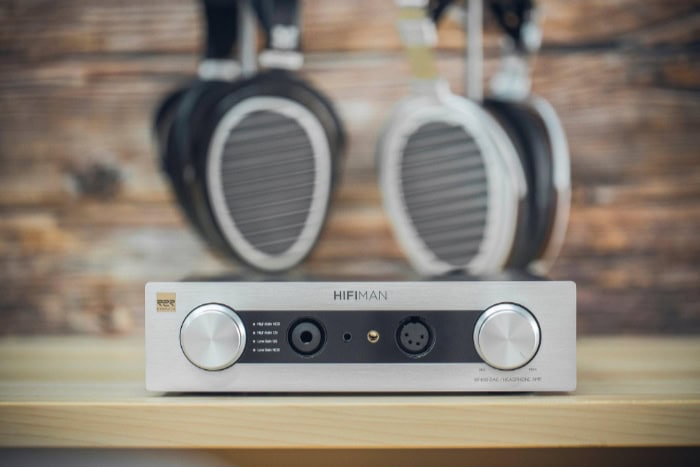
While upgrading your audio setup with amps and DACs can significantly improve your listening experience, it’s not without its challenges. From compatibility issues to balancing costs with results, these obstacles can feel overwhelming.
However, understanding some common problems and their solutions can help you make the most of your investment and avoid unnecessary frustrations.
Compatibility Issues
One of the most frequent challenges is ensuring that your DAC, amp, and headphones or speakers are properly matched. These components need to work in harmony to deliver the best results, and technical specifications such as impedance, sensitivity, and output power are critical factors to consider.
For example, pairing high-impedance headphones (often 150 ohms or higher) with an amp that lacks sufficient power output can result in sound that lacks volume and dynamic energy. Similarly, a mismatch in sensitivity may lead to distortion or overly harsh audio.
To address these issues, always check the compatibility between your audio gear before making a purchase. For amps, look for output power ratings that align with your headphones or speakers’ requirements.
For DACs, verify that your source device (like a computer or phone) can connect to the DAC via the appropriate outputs, such as USB or optical. Researching the specifications of your equipment and consulting user manuals can go a long way in preventing compatibility problems.
Diminishing Returns
Another common concern when upgrading audio equipment is the concept of diminishing returns. This refers to the idea that as you spend more money on higher-end gear, the differences in sound quality become less noticeable.
While entry-level upgrades often bring dramatic improvements, investing in premium equipment may yield only subtle enhancements that might not justify the cost for all listeners.
To approach this challenge, focus on upgrading the components that will address issues in your current setup rather than chasing the most expensive options on the market. For example, if your built-in DAC delivers poor clarity, upgrading to a mid-range DAC can provide significant benefits without the need to splurge on a flagship model.
Similarly, investing in an amp that matches your headphones’ power requirements is often more effective than purchasing an overpowered amp that exceeds your needs. Spending wisely and prioritizing your specific needs allows you to achieve meaningful improvements without overspending.
Practical Tips for Testing Gear
Given the subjective nature of audio, personal preference plays a large role in determining what sounds best to you. Testing amps and DACs with your existing equipment is crucial before committing to a purchase.
Many audio retailers offer demo setups that allow you to audition different components using your own headphones or speakers. This gives you the chance to compare how each device affects sound clarity, detail, and dynamics.
When testing, listen to familiar music that you know well, as this allows you to identify subtle differences in sound quality. Pay attention to specific details, such as instrument separation, bass response, and vocal clarity, and consider how the gear complements your listening preferences.
Some users may prefer a warmer sound signature, while others might prioritize neutral accuracy. Trust your ears—what matters most is finding gear that makes your listening experience more enjoyable.
If you’re testing gear at home, consider retailers who offer trial periods or return policies. This ensures you can evaluate the equipment with your entire setup and in your typical listening environment without feeling pressured into a decision.
By taking the time to audition and compare devices, you can find the right balance of clarity, power, and overall sound quality tailored to your needs.
Conclusion
Enhancing your audio system with a DAC, an amp, or both can make a significant difference in the quality of your listening experience. A DAC focuses on converting digital files into clean, accurate analog signals, while an amp ensures those signals have the power needed to drive your headphones or speakers.
Each component brings its own benefits, addressing different aspects of sound performance.
The choice between upgrading one or the other—or both—depends on your setup, listening habits, and budget. Whether you’re solving clarity issues with a better DAC, adding volume and impact with an amp, or combining both for a more complete upgrade, these components work hand in hand to deliver a richer, more engaging sound.
With careful consideration of your equipment and preferences, you can create a system that enhances every detail of your favorite audio.


